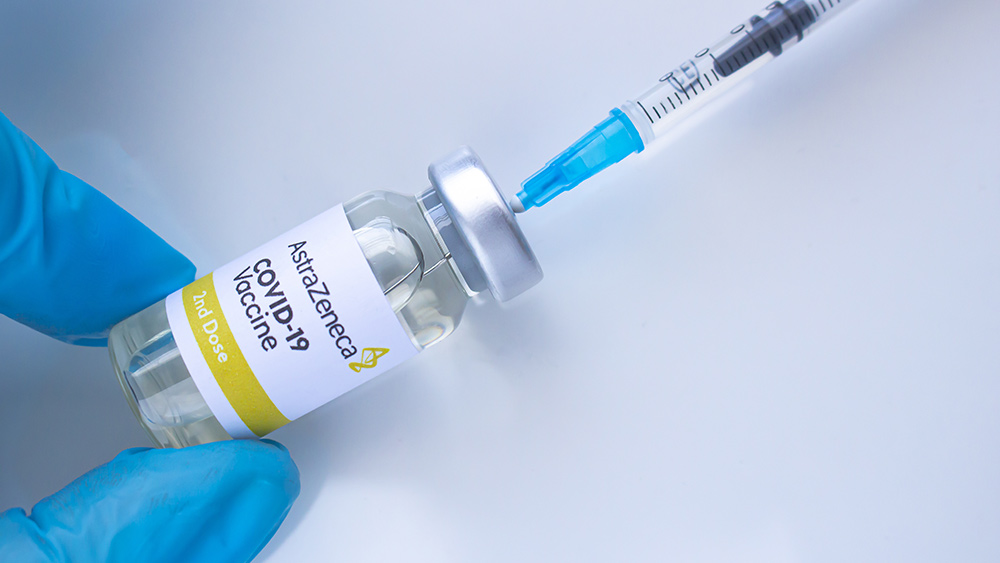Heart attack survivors can benefit from staying active, advise health experts
05/26/2020 / By Divina Ramirez

Heart attack survivors might feel apprehensive about exercising regularly. But a recent study showed that it can help prevent heart failure and increase their life expectancy over time.
Published in the Journal of the American Heart Association (JAHA), the study revealed that survivors who remain physically active after a heart attack have a reduced risk of mortality. Even those with sedentary lifestyles who only started to exercise after a heart attack showed significant improvements in terms of survival.
Life expectancy after a heart attack
A heart attack, also known as myocardial infarction (MI), is one of the most feared consequences of cardiovascular disease due to its high mortality rate. The Centers for Disease Control and Prevention reports that about 805,000 Americans have a heart attack each year, 605,000 of whom experience the event for the first time. Besides extreme chest pain, other symptoms of a heart attack include pain or discomfort in the arms or shoulders, sudden shortness of breath and dizziness.
Any cardiac-related event can severely reduce a person’s life expectancy. In the case of a heart attack, the heart muscle sustains damage, which, while repairable, can permanently weaken heart function. On the other hand, extensive damage to the heart muscle increases a heart attack survivor’s likelihood of suffering from heart failure. (Related: The emotional side of heart failure: Why do heart failure patients become depressed?)
The rate of survival after a heart attack is also complicated by the presence of other chronic conditions and comorbidities, which can exacerbate heart complications. These include diseases like obesity and Type 2 diabetes.

A 2013 study published in JAHA showed that fewer than one in three people who were hospitalized with acute decompensated heart failure (ADHF) in 2004 survived more than five years.
Still, it’s not impossible to minimize the risk of heart failure after a heart attack. Often, heart attack survivors are advised to enter cardiac rehabilitation programs to improve heart health and manage complications like abnormal heart rhythms (arrhythmia), chest pain (angina) and shortness of breath.
Exercise improves survival
A team of researchers from the Swedish School of Sport and Health Sciences found that maintaining even low levels of physical activity within a year after a heart attack can reduce the risk of mortality and improve a survivor’s rate of survival.
To investigate the effects of changes in physical activity levels after a heart attack, the researchers examined data from 22,227 heart attack survivors aged 18-75. They obtained all data from Swedish national registries.
The researchers inquired about the participants’ physical activity levels in a follow-up visit six to 10 weeks post-heart attack, and then again a year after the event. They then divided the participants into four groups: those who are constantly inactive, those with reduced physical activity, those with increased physical activity and those who are constantly active.
The researchers reported that those who reported increased activity between the two follow-up visits had a 59 percent reduced risk of mortality over the next four years compared with those in the constantly inactive group.
They also found that people in the reduced activity group still had a 44 percent reduced risk of mortality compared with those in the constantly inactive group.
Orjan Ekblom, the lead author of the study, dubbed this as the “carry-over” effect, where people who have been active for years prior to having a heart attack still enjoy the protective effects of an active lifestyle.
The researchers thus concluded that maintaining some level of physical activity after a heart attack helps reduce a survivor’s risk of mortality. They also promoted exercise as part of a holistic approach to overall health.
Regular exercise significantly improves heart health after a heart attack. But it’s also important to maintain a healthy lifestyle in order to minimize the risk of heart failure.
For more stories on heart health and heart attack prevention, visit Heart.news.
Sources include:
Submit a correction >>
Tagged Under:
active lifestyle, alternative medicine, exercise, heart attack, heart attack survivors, heart disease, heart failure, heart health, longevity, natural cures, natural medicine, Naturopathy, physical activity, prevention
This article may contain statements that reflect the opinion of the author


















